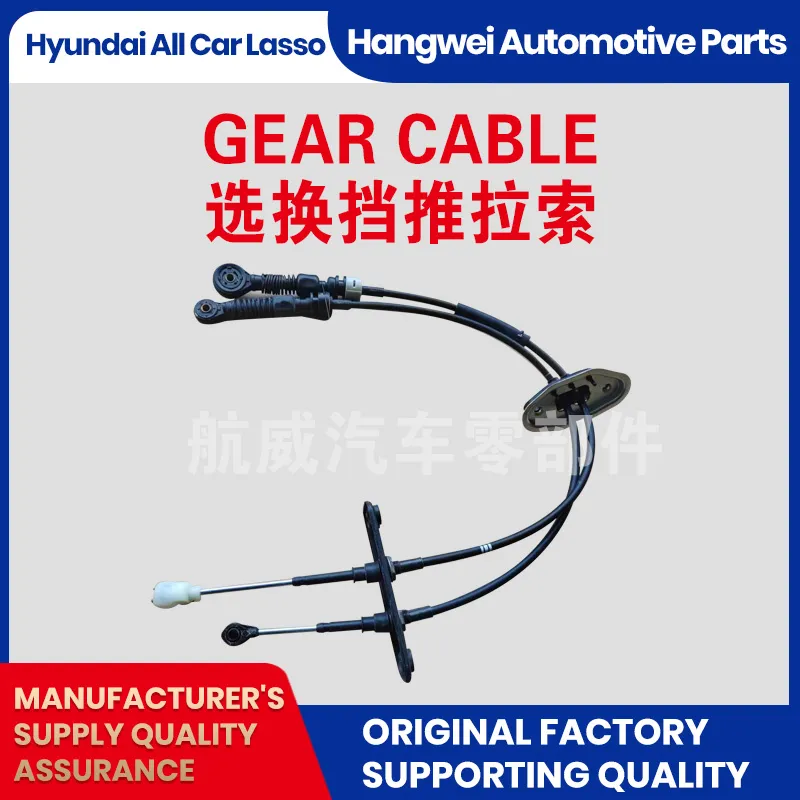throttle rod linkage
Understanding Throttle Rod Linkage A Key Component in Vehicle Performance
Throttle rod linkage is a critical component in the functioning of a vehicle’s engine, playing a significant role in controlling the air-fuel mixture that powers the engine. This system is used primarily in mechanical throttle configurations, where the driver’s input directly influences the engine's performance. In this article, we will explore the function, mechanics, and importance of throttle rod linkage in enhancing vehicle performance.
At its core, throttle rod linkage refers to the mechanical connection between the throttle pedal and the throttle body of an engine. When a driver presses the accelerator pedal, the throttle rod mechanism transmits that motion to the throttle valve in the engine. This valve regulates the amount of air entering the combustion chamber, thereby influencing the power output and efficiency of the engine. The linkage can consist of various components, including rods, levers, and joints that work together to create a seamless connection between the pedal input and the throttle response.
One of the primary advantages of a throttle rod linkage system is its simplicity and reliability. Unlike electronic throttle control systems that rely on sensors and motors, a mechanical throttle rod system offers a direct connection that minimizes the chances of electronic failure. This concept appeals to many automotive enthusiasts who prioritize a responsive and engaging driving experience. In addition, mechanical systems are often easier to maintain, as they involve fewer complex electronic components.
throttle rod linkage

Proper adjustment and maintenance of the throttle rod linkage are essential to ensure optimal performance. If the linkage is poorly adjusted, drivers may experience delayed throttle response, leading to frustrating driving conditions. Additionally, wear and tear can affect the performance of the linkage, as parts may become loose or damaged over time. Regular inspections can help identify any issues before they escalate, allowing for timely repairs and ensuring the vehicle operates at its best.
In modern vehicles, while many manufacturers have transitioned to electronic throttle control systems for their precision and ease of integration with advanced driving technologies, throttle rod linkage can still be found in certain applications, particularly in classic cars, racing vehicles, and high-performance models. Enthusiasts often appreciate the tactile feedback and connection to the vehicle that a mechanical system provides, making it a cherished aspect of driving for many.
Moreover, throttle rod linkage can also impact a vehicle's tuning potential. Skilled mechanics and modifiers can adjust the length and angle of the linkage to tailor the throttle response to the driver’s preference. This adjustability is often leveraged in competitive racing environments, where every fraction of a second counts. Personalized throttle settings can provide a significant advantage, allowing drivers to maximize power delivery based on their driving style and track conditions.
In conclusion, throttle rod linkage is a fundamental element of vehicle mechanics that directly affects engine performance. Its combination of simplicity, reliability, and adjustability makes it a favorite among automotive enthusiasts and a vital aspect of car tuning. Whether in a classic model or a performance vehicle, understanding the function and maintenance of throttle rod linkage can lead to an improved driving experience and enhanced vehicle performance. As automotive technology evolves, the appreciation for mechanical systems continues, underscoring the enduring significance of the throttle rod linkage in the automotive landscape.
-
Workings of Clutch Pipe and Hose SystemsNewsJun.04,2025
-
The Inner Workings of Hand Brake Cable SystemsNewsJun.04,2025
-
The Secrets of Throttle and Accelerator CablesNewsJun.04,2025
-
The Hidden Lifeline of Your Transmission Gear Shift CablesNewsJun.04,2025
-
Demystifying Gear Cables and Shift LinkagesNewsJun.04,2025
-
Decoding Clutch Line Systems A Comprehensive GuideNewsJun.04,2025
